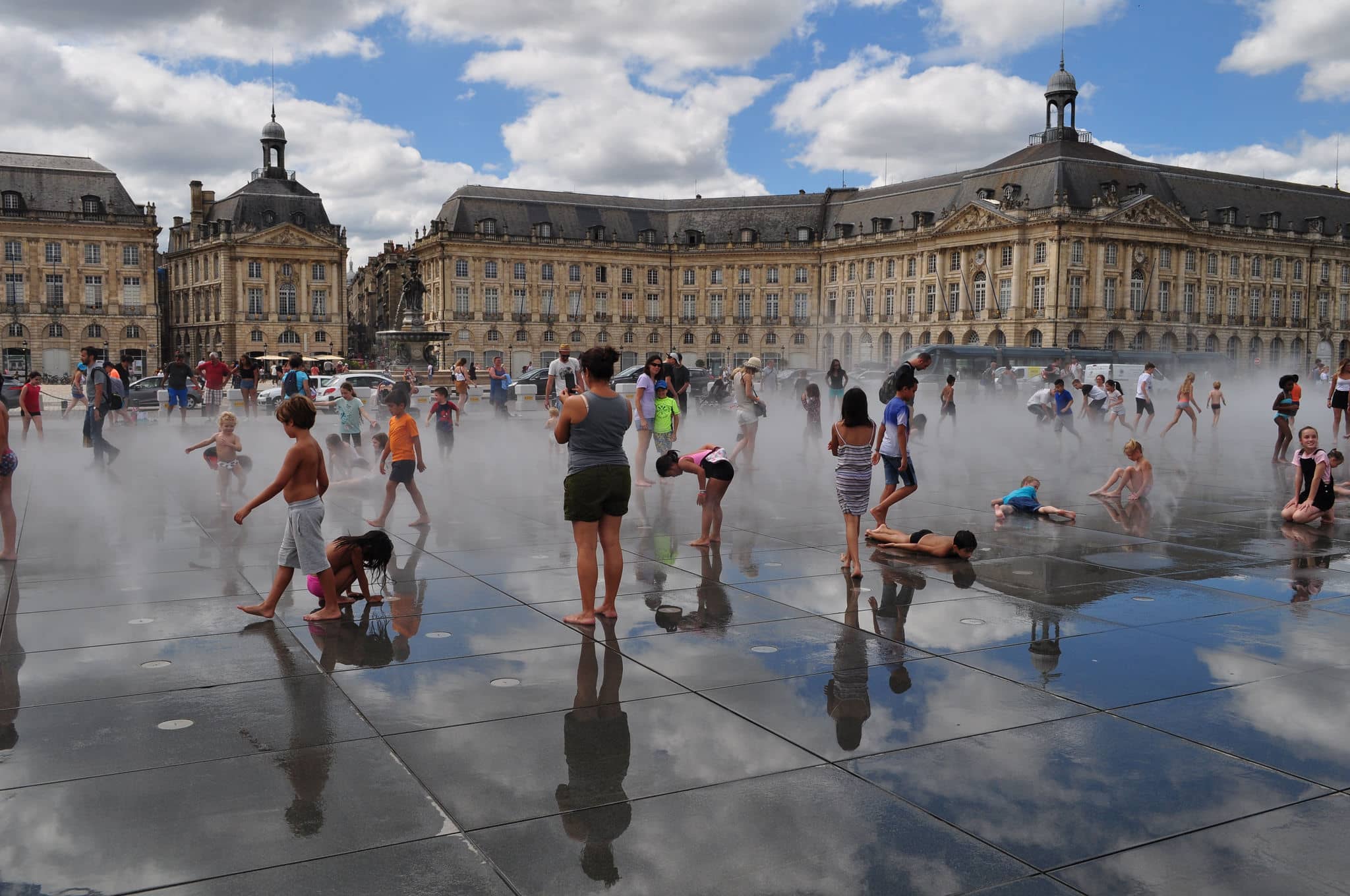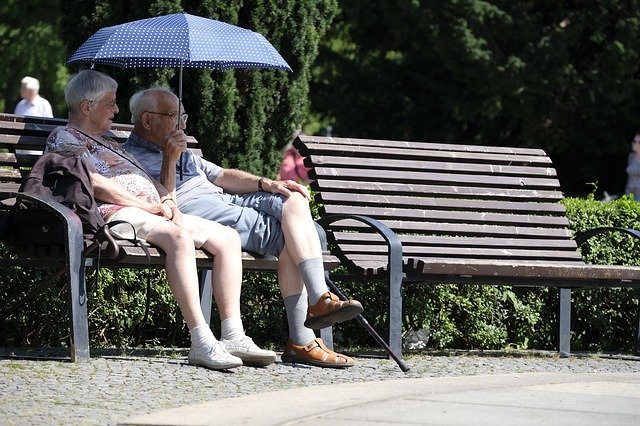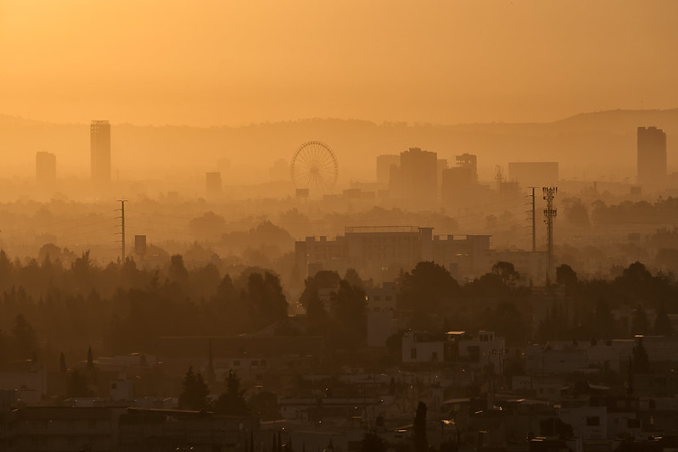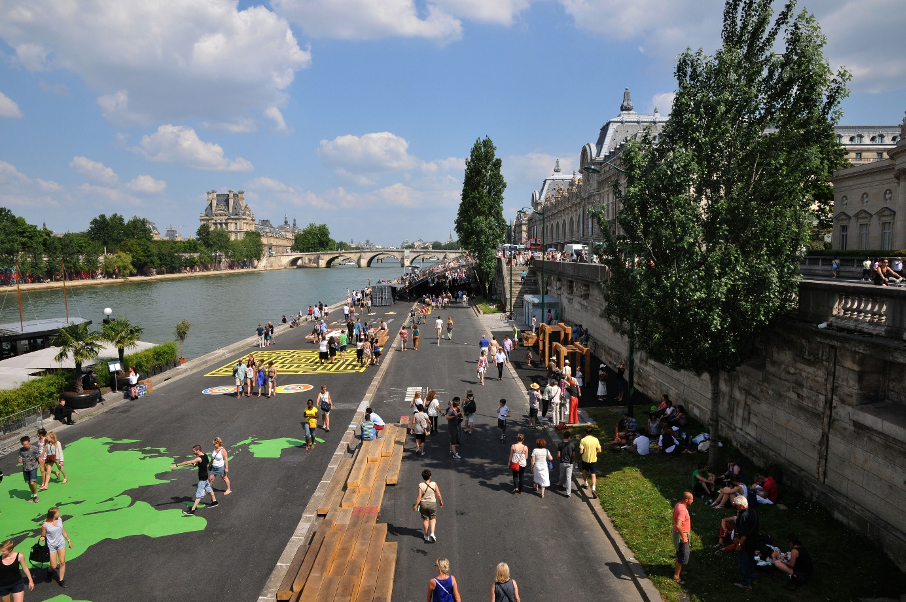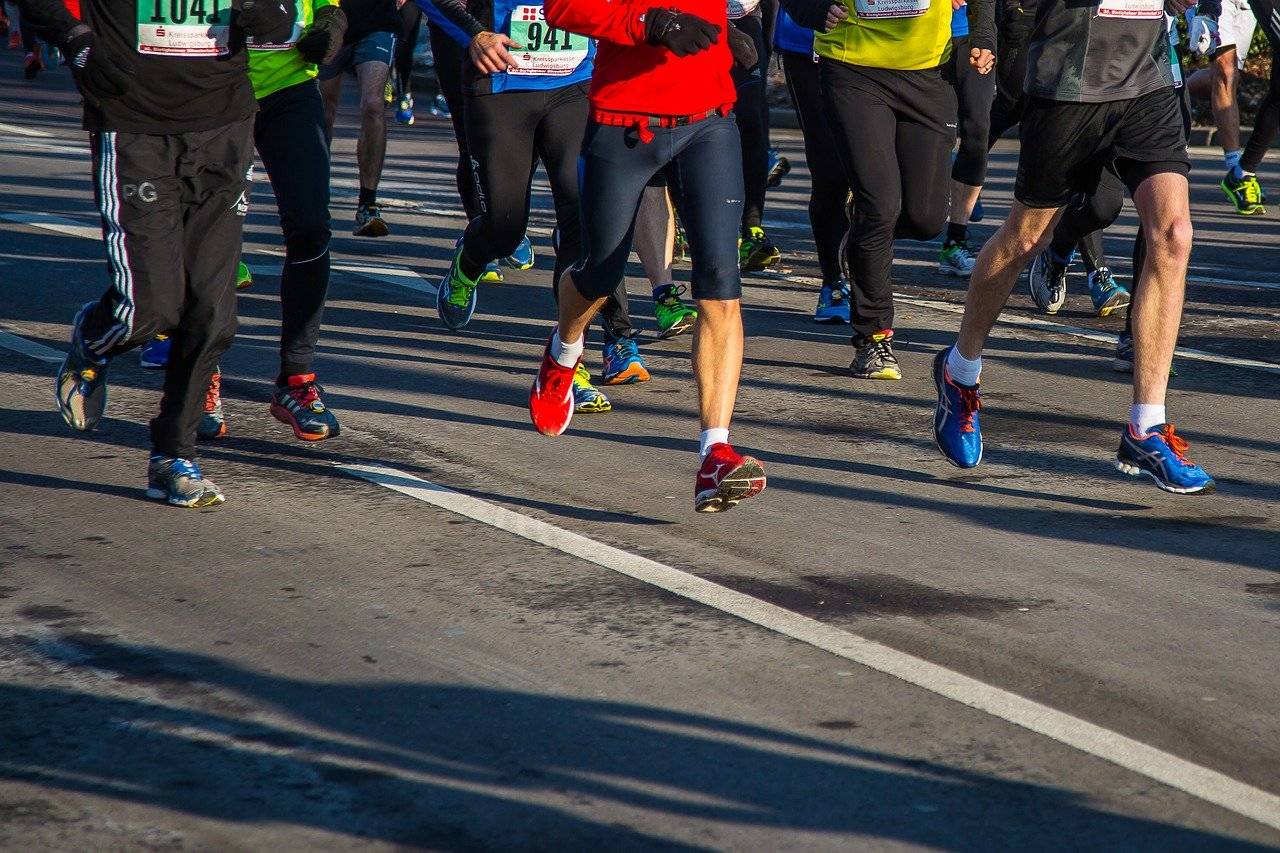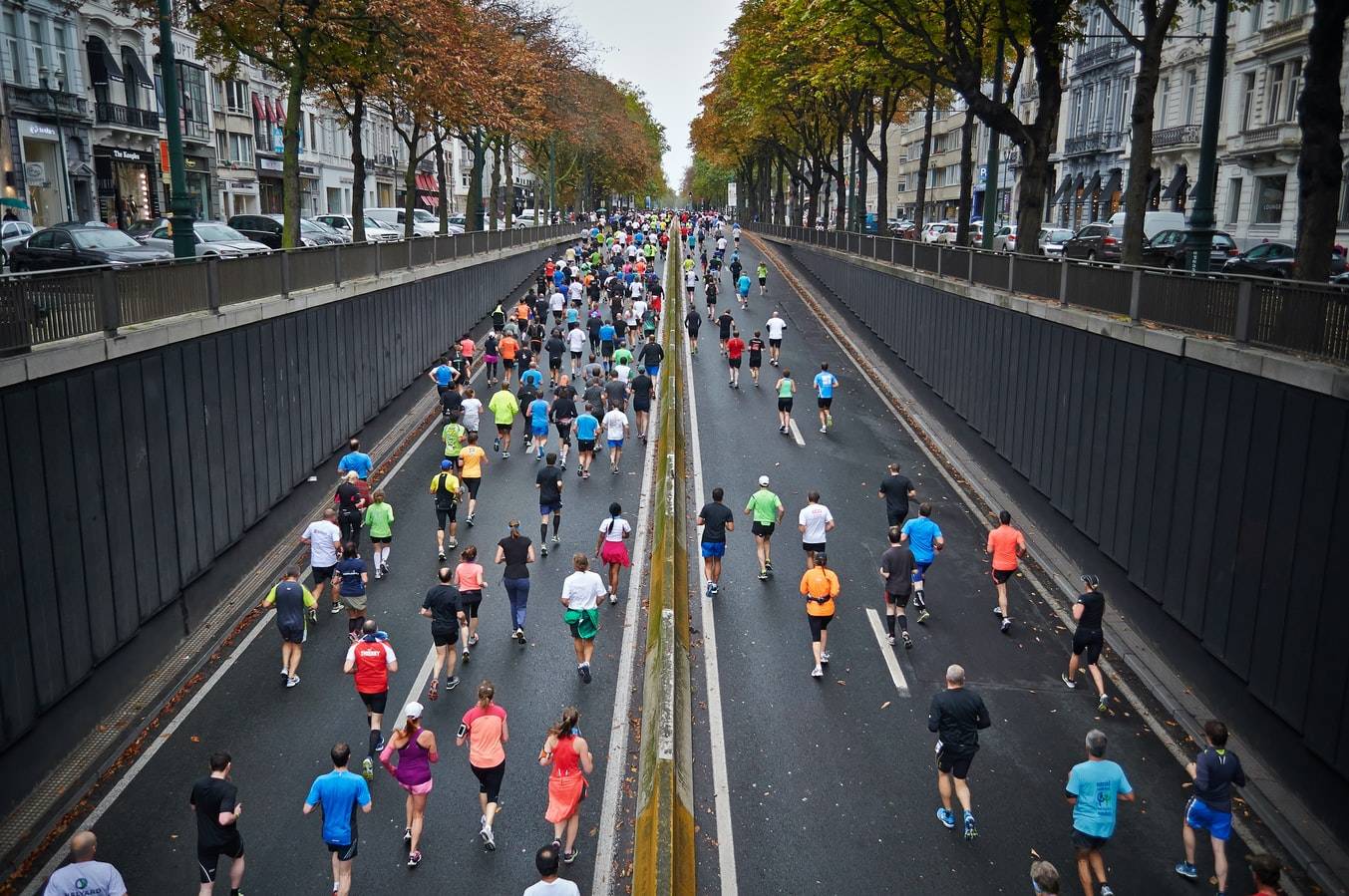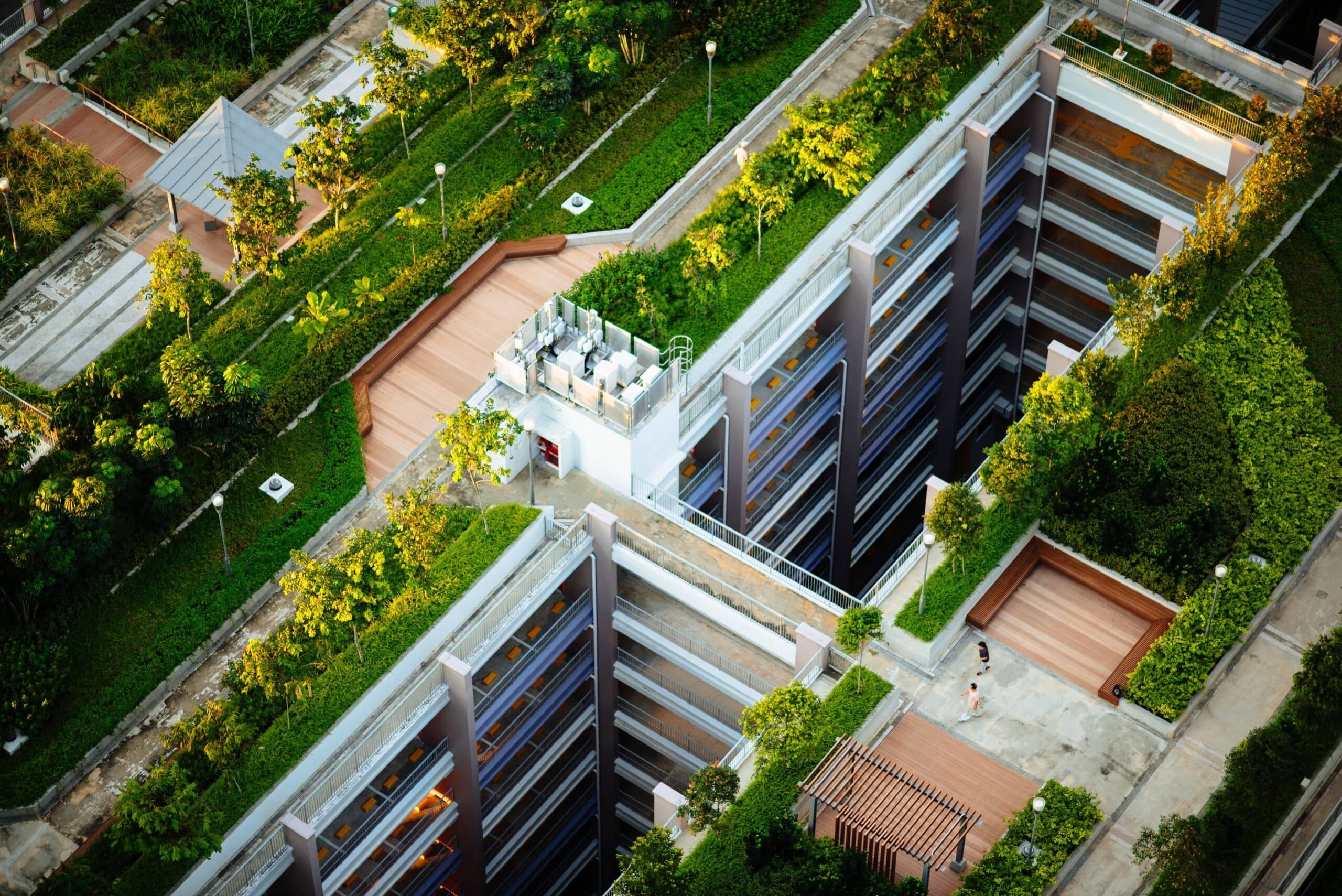

Building a fairer and healthier world
The theme of the 2021 World Health Day organized by the World Health Organisation (WHO) is “building a fairer and healthier world”. With the pandemic, pre-existing health inequalities have widened, also leading to an increase in socio-spatial inequalities. Disadvantaged social groups, those subject to discrimination, poverty and poor working conditions have suffered the highest death rates. In England and Wales, for example, the number of deaths from COVID-19 infection is double the average in the poorest neighbourhoods, while ethnic minorities account for 34% of the patients who develop severe forms of COVID-19, but only make up 14% of the total population. How can these inequalities in relation to COVID-19 be explained? On the one hand, the most disadvantaged minorities and social groups are those who are also most affected by other comorbid diseases (obesity, diabetes, asthma, hypertension, cancers, etc.); on the other hand, these groups are more exposed both because of housing conditions that make it difficult or even impossible to isolate themselves or to work from home, and because of lesser access to healthcare.
To “build a fairer and healthier world“, the WHO identifies five pillars for collective action: providing access to the latest medical technologies, including vaccines, for all countries; developing access to primary care for all; extending social protection to social groups that are deprived of it; strengthening the development of reliable health databases; and building safe, healthy, and inclusive neighbourhoods. Beyond the current crisis, the challenge is therefore threefold: a social challenge to provide protection and economic support for the most vulnerable; an urban and architectural challenge to recognise the impact of the environmental factor (place and associated lifestyles) on health; and finally a public health and spatial planning challenge to guarantee territorial equity in access to quality healthcare.
Sweeping aside the false debate between fighting global warming, guaranteeing food security, improving public health and shared prosperity, Dr Tedros argues that they are all sides of the same coin and that the pandemic has demonstrated the urgency of “investing in health as a motor of development “. While there is constant discussion about the future of small and medium-sized towns and rural areas, it is necessary to return to certain fundamentals that are well known to those working in the field: while a more peaceful living environment is increasingly attractive, employment, training opportunities and health care services remain the sine qua non conditions for a change of lifestyle and a move. While health is recognised as a key factor in the attractiveness and revival of territories, and while cities are becoming increasingly aware of the importance of environmental factors in preventing the onset of diseases and are now at the forefront of organising local vaccination campaigns, can we expect the lines to move in favour of health competences at the city level? If the issue of creating new exclusive competences for cities in the field of environmental health requires the debate to be posed, it is certain that putting health back at the heart of territorial policies requires the activation of a wide range of action levers: from determining the right scale of the catchment area to be covered and the inter-territorial cooperation to be established in order to have a safe and quality health care offer, to a policy of territorial attractiveness enabling new doctors to be attracted and retained, and to the adoption of a new planning paradigm that no longer makes health a simple option. The challenge is certainly important, but it is already possible to capitalise on the initiatives carried out by pioneering local authorities in the field of environmental health in order to clarify the extent of the current possibilities for action and to help other local authorities in their decision-making.
Find this publication in the project:
These other publications may also be of interest to you:
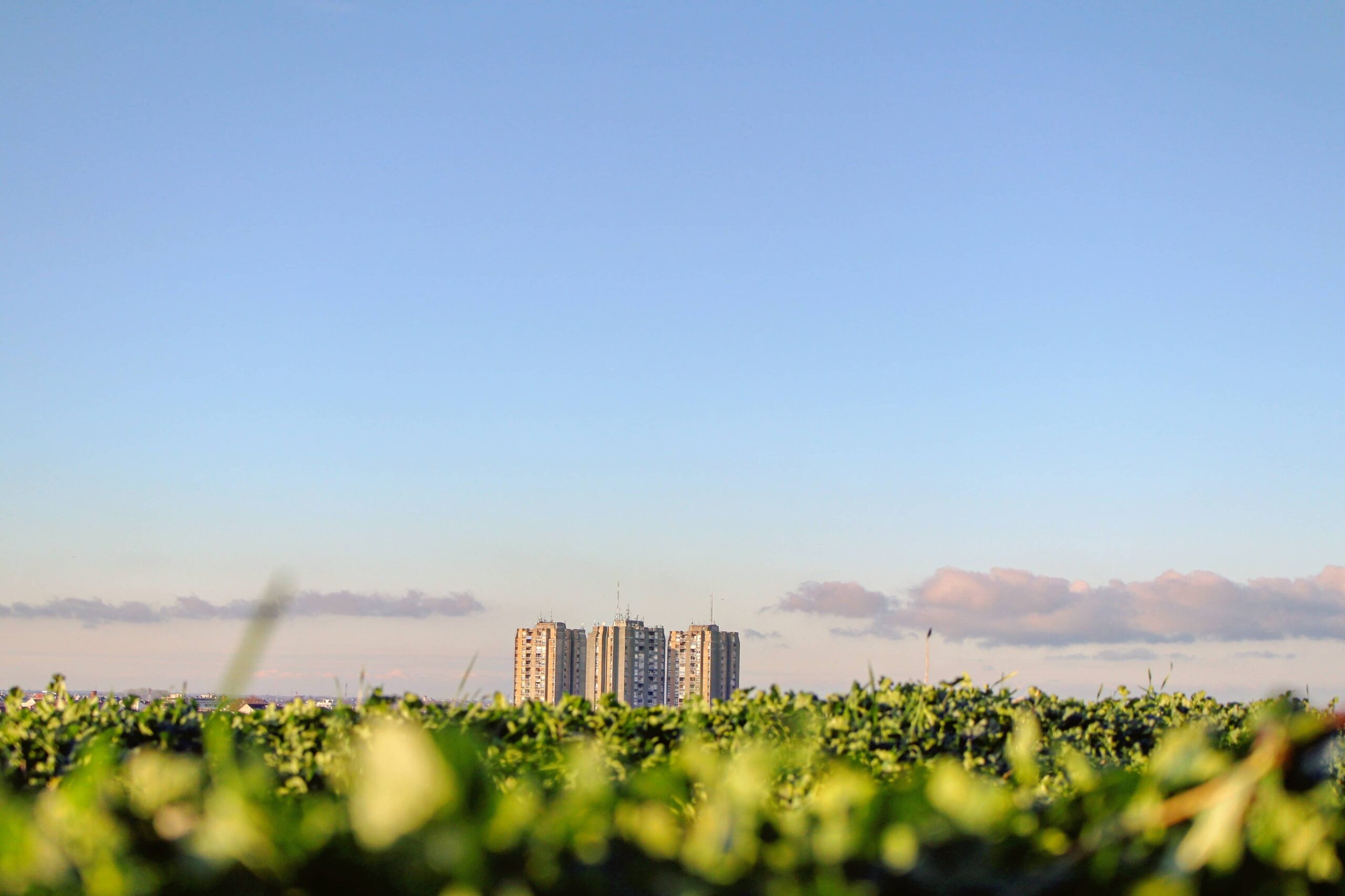
Zoé Vaillant: health inequalities are rooted in local areas

Breathless Metropolises
La Fabrique de la Cité
La Fabrique de la Cité is a think tank dedicated to urban foresight, created by the VINCI group, its sponsor, in 2010. La Fabrique de la Cité acts as a forum where urban stakeholders, whether French or international, collaborate to bring forth new ways of building and rebuilding cities.















